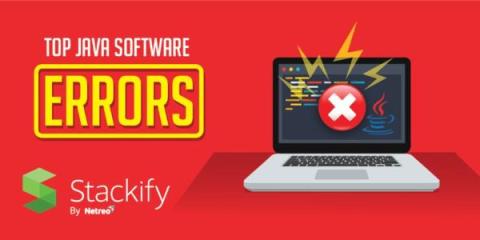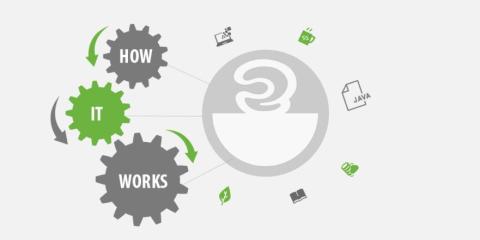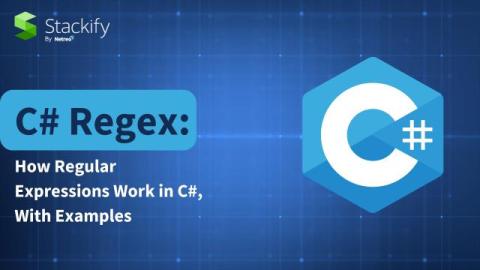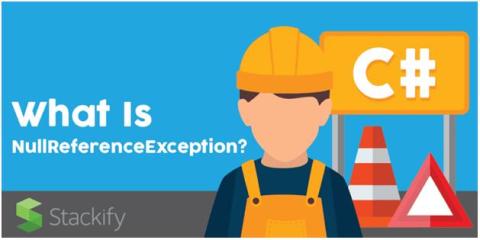How to Specify and Handle Exceptions in Java
Errors happen all the time in the software world. It might be an invalid user input, an external system not responding, or a simple programming error. In all these situations, the errors occur at runtime, and the application needs to handle them. Otherwise, it crashes and can’t process further requests. Java provides a powerful exception handling mechanism that allows you to handle the exceptional event where it occurred or in one of the higher methods in the call stack.











